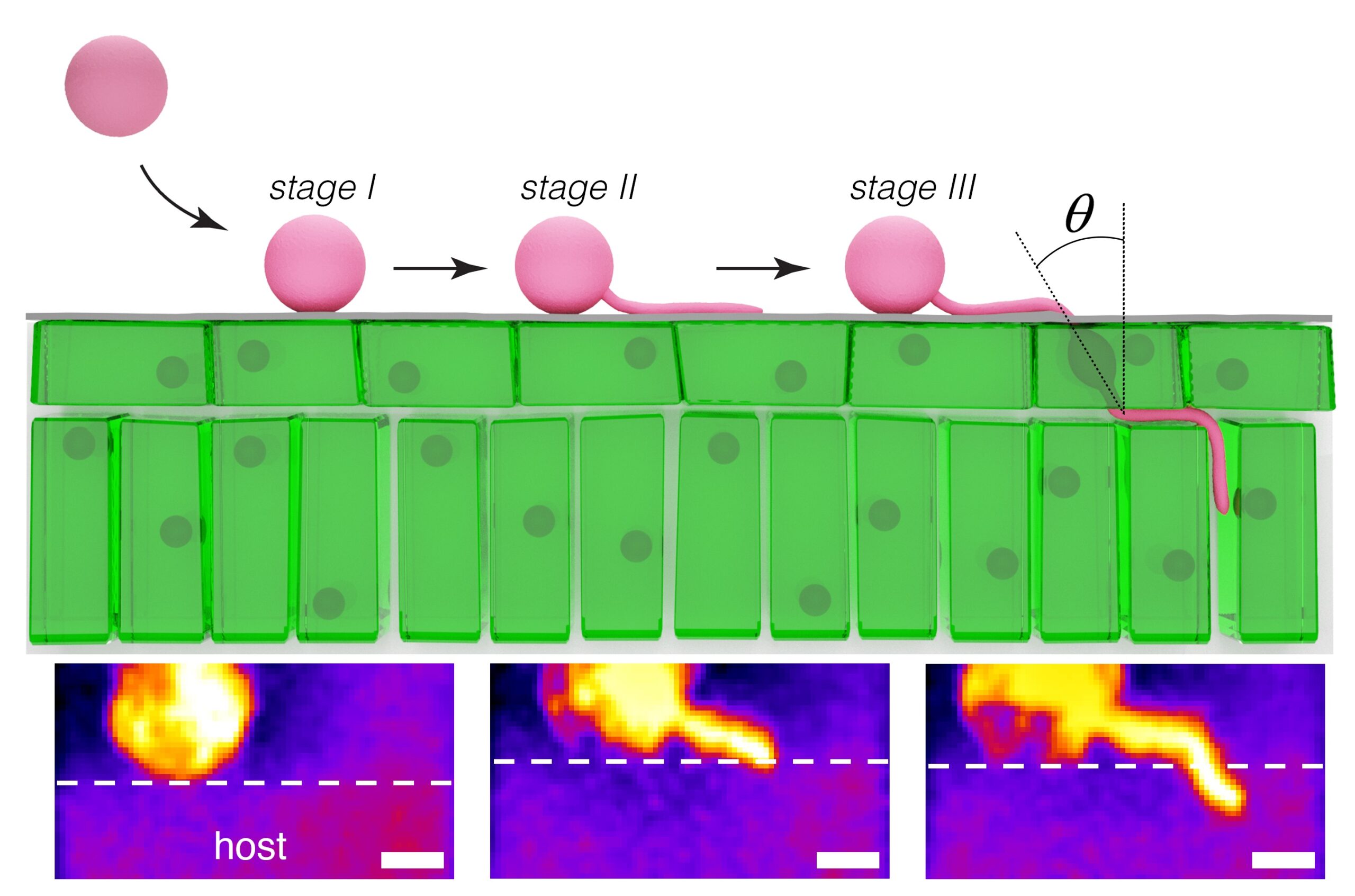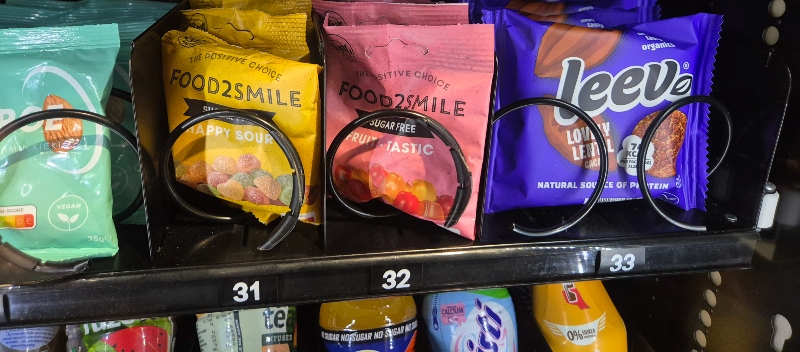Collaboration between Wageningen Plant disease specialists and physicists has revealed how Phytophthora infestans, the pathogen that causes potato blight, infects plants.
‘We discovered that Phytophthora employs smart tricks to sharpen its tube-shaped infection structure. It then uses this structure to perforate the plant’s surface as if it were a sharp knife’, says Joris Sprakel, professor of Physical Chemistry and Soft Matter. ‘This strategy allows Phytophthora to infect its host without the use of brute force and with minimal effort. This is the first time this mechanism has been revealed, and it is a truly fundamental discovery.’’
Adhesive power
This discovery provides a new lead to combat the persistent potato disease, says Francine Govers, Phytopathology professor. ‘Phytophthora must first attach itself to the leaf’s surface in order to enter the plant’, she says. The researchers have already tested this idea by spraying the leaves with a non-toxic substance that reduces the adhesive power of the leaves. This lowered the Phytophthora infection by 65 per cent.
Phytophthora still forms a significant threat to the world’s potato yields, causing damages for as much as 6 to 7 billion euros annually. Plant breeders have developed various plant types that are resistant to the fungus-like pathogen, but the plants still become infected at some stage. This research offers new leads in efforts to fight the disease. The WUR researchers published their results in Nature Microbiology.

 How Phytophthora enters the plant. Imaged WUR
How Phytophthora enters the plant. Imaged WUR 

